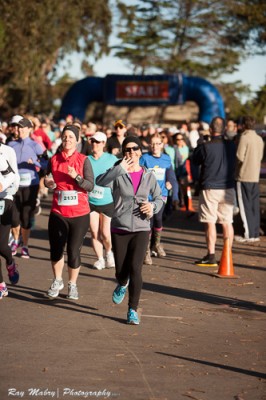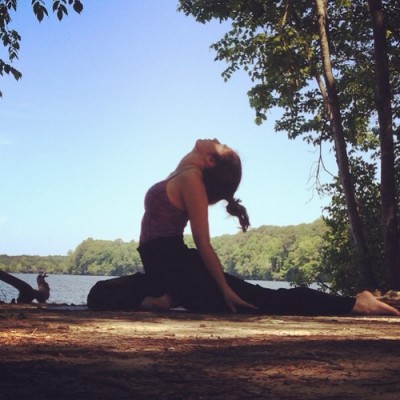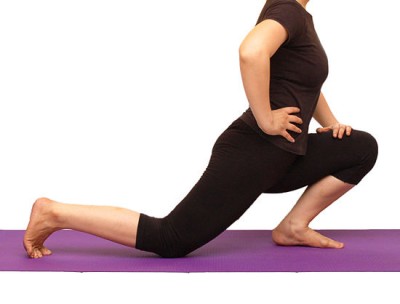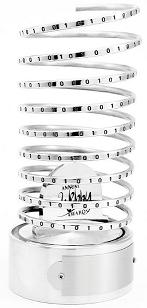Running health can be hard to maintain, whether you are losing weight or getting in shape for your next race. Building a foundation for injury-proof running can help keep you out there adding up the miles.
Training during the summer can give you an opportunity to step up your cross-training workouts and increase your strength. Spending time with the joys of a foam roller to work out the stress running can put on your body. Taking the opportunity to pay attention to your running technique is the final clue to builing up your running health.
Find your weakest link
Where are your own body’s strengths and weaknesses? Knowing what these are will help you choose where to start.
Here’s a few questions to ask yourself about your running in the last year or so:
- Do you have any injuries now?
- What do you spend your running time doing?
- Have you ever seen a video of yourself running?
Just a little guidance and a few tips in this secret guide will make a huge difference in your performance and help you keep a strong, aligned body.
Secret guide to running health
To boost performance and keep your running – no matter what the distance – a healthy endeavor, plan on working on these three secrets:
- Strength training – you’ve heard me talk about this a lot in the last month, and runners can benefit a ton from focusing on gaining strength.
- Joint mobility – I put this off in my own training quite a bit and am paying for it with mild injuries now.
- Running technique – Running comes naturally to all of us, but some old habits die hard so technique can boost improvement and fewer injuries in the long term.
1. Strength training
Build glute strength for better running support, and improve your muscular running imbalances. Just a few exercises that will help tone up that butt are:
- Single-leg pistol squats
- Bulgarian split squats – See the video below
- Single-leg dead lifts
Take it slow! When you trying out single-leg exercises for the first time be patient. Start with no weights and really learn the correct technique, and stay focused on the horizon to keep your balance. Switching to unilateral (single leg) workouts helps you focus on each glute and hamstring, letting you work each leg equally and directly.’
Progressively work up on these to make them harder than the week before, either with additional weight or increased reps to add load.
2. Joint mobility
If you add poor body mechanics, not so great posture, and high running mileage together you may get an increase in joint dysfunction and muscle imbalance.
Anyone who can feel their knees stiffen after a run will know exactly what I mean.
If you ignore your soft tissue pain eventually an injury will occur. One way to keep on top of that is to manage inflammation.
Using a foam roller helps you massage out the tight areas, no matter where they are. I’ve used my new roller on a regular basis for a few months now. Depending on the day, the foam roller is either my best friend or worst enemy.
Problem areas are typically achilles, soleus, calf, IT band (my current huge issue), psoas and chest. Yes, rolling out tight muscles can be painful, but working these out will restore proper muscle length and release pressure from the surrounding joints.
The two best stretches for runners are the pigeon and active kneeling hip flexor stretch.
Pigeon will help target tight hips, and restore correct position of the pelvis.
Kneeling hip flexor stretch releases overactive hip flexors.
3. Running technique
How you run, your running form, always has the potential for improvement. Think of it as a golf swing, or pitching a curve ball. Adding the idea of running economy makes working on your technique even more important.
Wouldn’t it be great to use less energy for your run? Less energy means better performance.
In case you haven’t already put it together, but strength training and joint mobility will help increase your running economy.
Improving your running cadence – the number of steps you have per minute – can improve your form. Going faster doesn’t mean running harder, which is why the focus should be on a soft landing with the goal of minimizing your contact with the ground.
Take your time in working toward good running health
You won’t get to all these solutions overnight, and you shouldn’t. It takes a while for your nervous system to adapt to new speed, new strength and new stretching.
What is your weakest link in running or walking health? Do you have a favorite stretch? Share in the comments!
Lets go get our fit on – Heather

Heather Montgomery is a fitness writer, triathlete, and serial entrepreneur who is devoted to sharing what she has learned about becoming a triathlete after age 40. She uses her Metabolic Training Certification to help other women struggling to get fit in mid-life. She lives and trains in Santa Rosa, California, the new home of the Ironman triathlon. You can find her biking the Sonoma County wine trails.
Note: Articles by Heather may contain affiliate links and will be compensated if you make a purchase after clicking on an affiliate link.







